
Ruth Elizabeth "Bette" Davis was an American actress of film, television, and theater. Regarded as one of the greatest actresses in Hollywood history, she was noted for her willingness to play unsympathetic, sardonic characters and was known for her performances in a range of film genres, from contemporary crime melodramas to historical and period films and occasional comedies, although her greatest successes were her roles in romantic dramas. She won the Academy Award for Best Actress twice, was the first person to accrue ten Academy Award nominations for acting, and was the first woman to receive a Lifetime Achievement Award from the American Film Institute. In 1999, Davis was placed second on the American Film Institute's list of the greatest female stars of classic Hollywood cinema.

Glenda Farrell was an American actress. Farrell personified the smart and sassy, wisecracking blonde of the Classic Hollywood films. Her career spanned more than 50 years, and she appeared in numerous Broadway plays, films and television series. She won an Emmy Award in 1963 for Outstanding Supporting Actress for her performance as Martha Morrison in the medical drama television series Ben Casey.
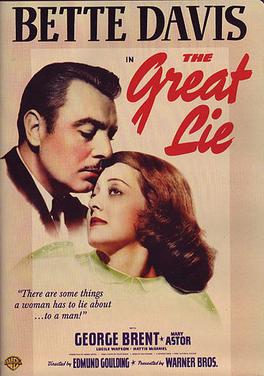
The Great Lie is a 1941 American drama film directed by Edmund Goulding, and starring Bette Davis, George Brent and Mary Astor. The screenplay by Lenore J. Coffee is based on the novel January Heights by Polan Banks.
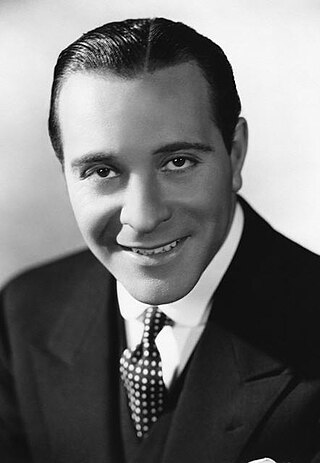
Ricardo Cortez was an American actor and film director. He was also credited as Jack Crane early in his acting career.
Satan Met a Lady is a 1936 American detective film directed by William Dieterle and starring Bette Davis and Warren William.

Lyle Florenz Talbot was an American stage, screen and television actor. His career in films spanned three decades, from 1931 to 1960, and he performed on a wide variety of television series from the early 1950s to the late 1980s. Among his notable roles on television was his portrayal of Ozzie Nelson's friend and neighbor Joe Randolph, a character he played for ten years on the ABC sitcom The Adventures of Ozzie and Harriet.

The Name of the Game is an American television series starring Tony Franciosa, Gene Barry, and Robert Stack, which aired from 1968 to 1971 on NBC, totaling 76 episodes of 90 minutes each. The show was a wheel series, setting the stage for The Bold Ones and the NBC Mystery Movie in the 1970s. The program had the largest budget of any television series at that time.
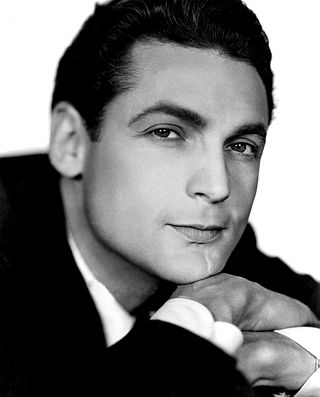
Charles David Farrell was an American film actor whose height was in the 1920s and 1930s and the Mayor of Palm Springs from 1947 to 1955. Farrell was known for his onscreen romances with actress Janet Gaynor in more than a dozen films, including 7th Heaven, Street Angel, and Lucky Star. Later in life, he starred on TV in the 1950s sitcoms My Little Margie and played himself in The Charles Farrell Show. He was also among the early developers of Palm Springs.

Payment on Demand is a 1951 American drama film directed by Curtis Bernhardt and starring Bette Davis and Barry Sullivan. The screenplay by Bernhardt and Bruce Manning chronicles a marriage from its idealistic early days to its dissolution.
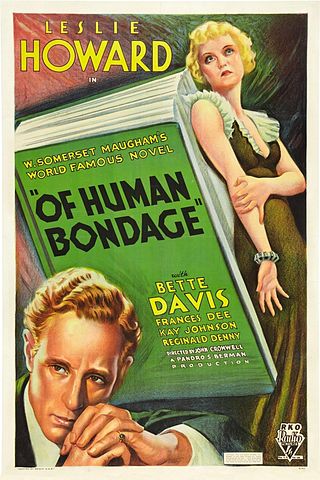
Of Human Bondage is a 1934 American drama film directed by John Cromwell and regarded by critics as the film that made Bette Davis a star. The screenplay by Lester Cohen is based on the 1915 novel Of Human Bondage by W. Somerset Maugham.
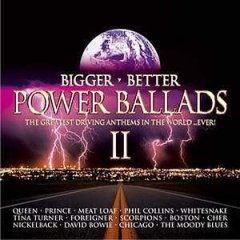
Bigger, Better Power Ballads II – The Greatest Driving Anthems in the World... Ever! is the 2nd edition in The Greatest Driving Anthems in the World... Ever! series, which is a part of The Best... Album in the World...Ever! brand.

Jimmy the Gent is a 1934 American pre-Code comedy-crime film directed by Michael Curtiz, starring James Cagney and Bette Davis and featuring Allen Jenkins. It was the first pairing of Cagney and Davis, who would reunite for The Bride Came C.O.D. seven years later.
Front Page Woman is a 1935 American comedy film directed by Michael Curtiz. The screenplay by Laird Doyle, Lillie Hayward and Roy Chanslor based on the novel Women Are Bum Newspapermen by Richard Macauley.
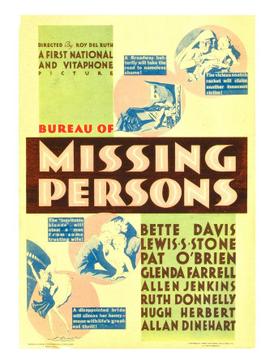
Bureau of Missing Persons is a 1933 American pre-Code drama film with comic overtones directed by Roy Del Ruth and starring Bette Davis, Lewis Stone, Pat O'Brien and Glenda Farrell. The screenplay by Robert Presnell is based on the book Missing Men by former New York City Police Captain John H. Ayers and Carol Bird.

Special Agent is a 1935 American crime drama film directed by William Keighley and starring Bette Davis and George Brent. The screenplay by Laird Doyle and Abem Finkel is based on a story by Martin Mooney. The film was produced by Cosmopolitan Productions and released by Warner Bros.

Little Big Shot is a 1935 American film directed by Michael Curtiz, and starring Sybil Jason and Glenda Farrell. The film was released by Warner Bros. on September 7, 1935. The plot concerns a young girl who endears herself to her caretakers after her father is murdered by mobsters.

Dimitri Buchowetzki (1885–1932), born Dmitry Savelyevych Bukhovecky, was a Russian film director, screenwriter, and actor in Germany, Sweden, United States, United Kingdom, and France.
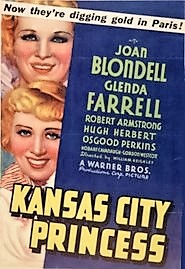
Kansas City Princess is a 1934 American comedy film starring Joan Blondell and Glenda Farrell. The film was directed by William Keighley with a script written by Sy Bartlett and Manuel Seff.

White Shoulders is a lost 1931 American pre-Code comedy-drama film directed by Melville W. Brown and starring Mary Astor and Jack Holt, with major supporting roles by Ricardo Cortez and Sidney Toler. The film was produced and distributed by RKO Pictures. The screenplay by Jane Murfin and J. Walter Ruben was adapted from Rex Beach's short story, The Recoil.

Adrian Michael Morris was an American actor of stage and film, and a younger brother of Chester Morris.


















